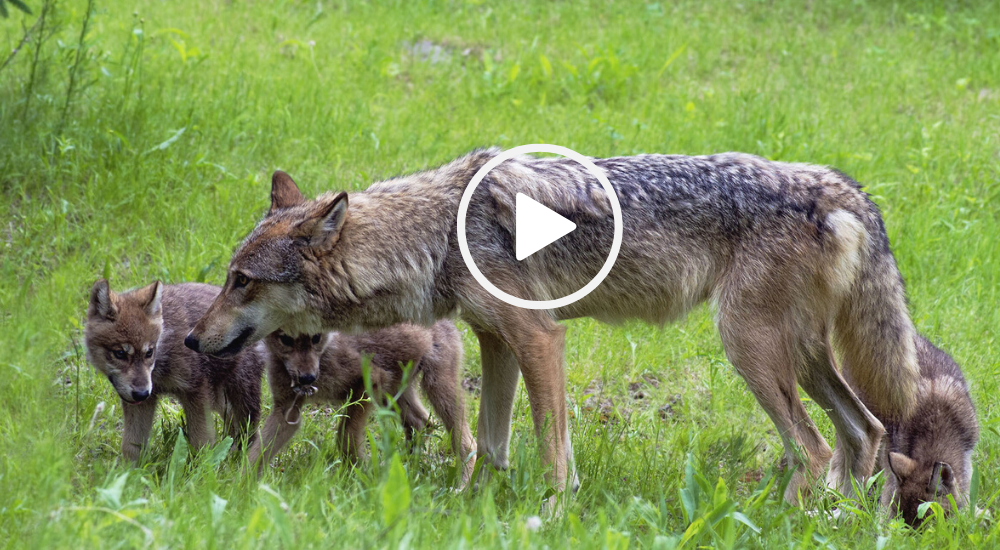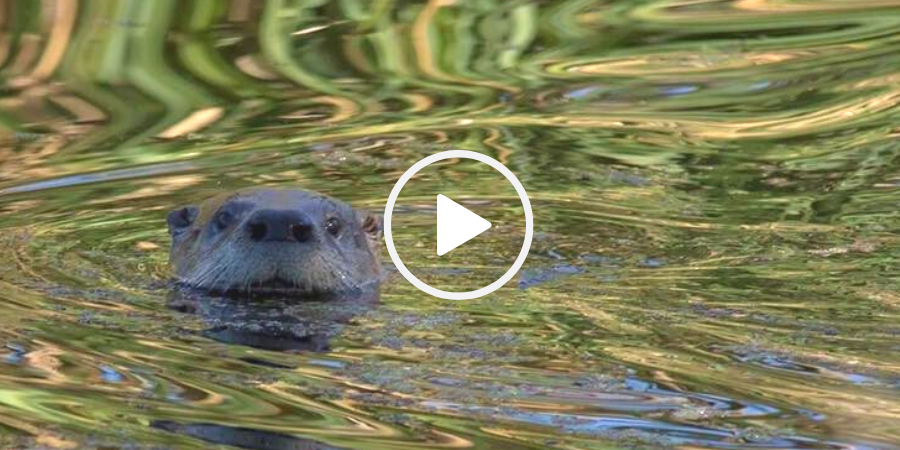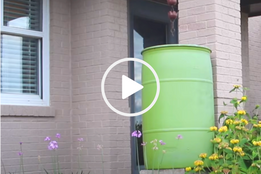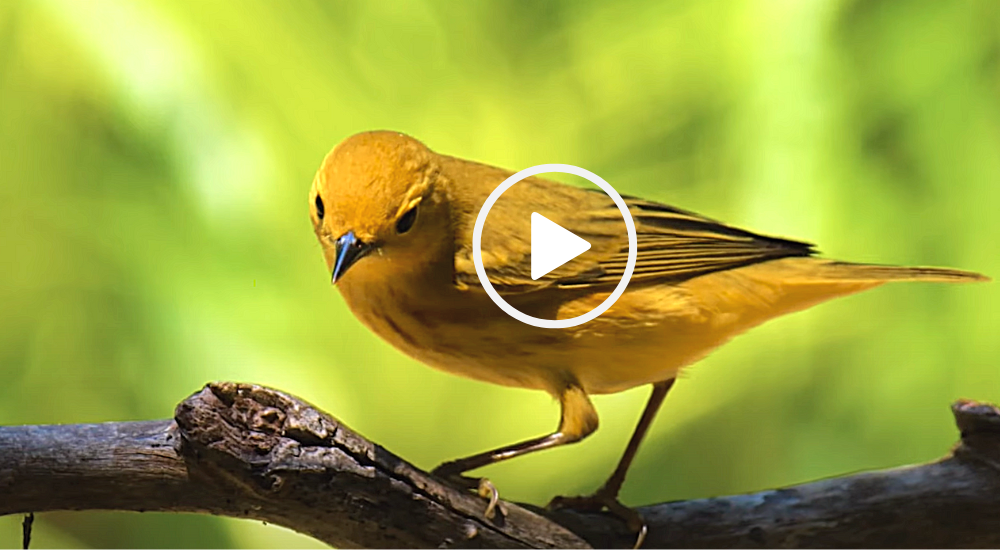 Coyotes moved into Texas when wolves disappeared. These adaptable canines can swim, eat almost anything and have strong family bonds. But can they really be outrun by a roadrunner? Find out in Ranger Lane's video All About Coyotes.
It's not unusual to see coyotes in a city. But like all wild animals, you want them to keep a healthy distance. So don't attract coyotes by leaving food outside or letting your pets roam free, and keep pets on a leash when you walk them.
If a coyote gets too close for comfort, don't run – look it in the eye, wave your arms and make loud noises until it's gone. If you see one, report it on iNaturalist. For more on sharing space with coyotes, watch our video Urban Coyotes.
 Water is the first link in the chain of life in Texas, and our wildlife gets it from the same places that supply our water. The more we draw from those sources, the less water is left for them. Try these 3 ways to help save water for wildlife:
- Use a shut-off sprayer to wash your car or use a commercial carwash.
- Convert turf grass to groundcover, native plant beds – watering lawns is one of our most water-wasteful habits, converting even part of your lawn helps.
- Collect and reuse rainwater for watering your plants, car washing, etc.
A surprising variety of rebate programs for water-saving tactics are offered by many utility providers/cities – check with yours.
Want to help get the word out about water resources and the wildlife they support? Join us as a volunteer Texas Waters Specialist, we provide free training.

Texas can conserve over 32 billion gallons of water annually by collecting rainwater from just 10% of our residential roof area.
Save water for wildlife by collecting roof runoff with a rain barrel – use the water for plants or to wash your car. They're easy to make, watch the short video How to Build a Rain Barrel.
|
 Warblers and wrens and red dragonflies, oh my! Can you I.D. all the wildlife in this 2-minute video shot at Warbler Woods Bird Sanctuary? Hint: the butterflies are not monarchs.
|
